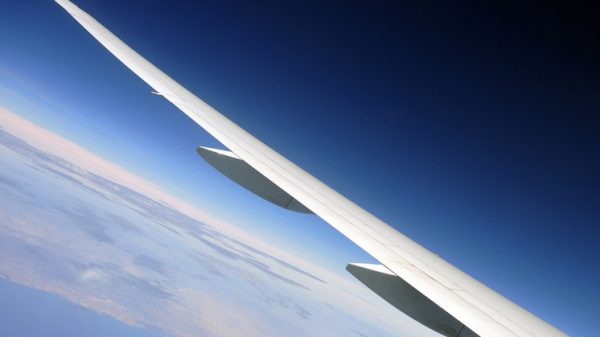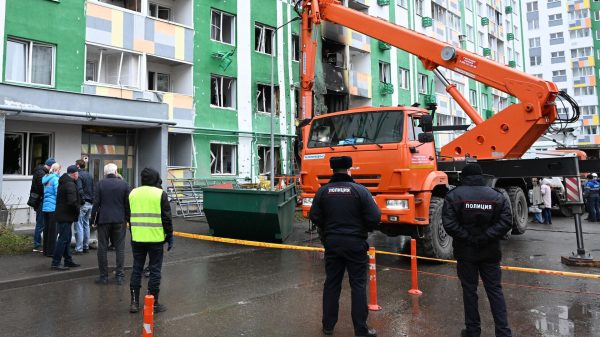Plans for lunar program postponed due to delays in spacesuit development
NASA's Artemis program, which aims to return astronauts to the moon this decade amid a renewed international push to explore natural resources Earth's satellite is facing some lengthy delays, the US space agency has announced.

The Artemis III mission, planned to achieve the crucial milestone of landing humans on the moon for the first time since the Apollo program, won't launch until at least September 2026, NASA officials said at a news conference Tuesday. Previously, this trip was planned for 2025, recalls CNN.
The main reasons for the delay have been cited as SpaceX's prospects for developing Starship, a giant rocket and space system that is expected to carry astronauts from lunar orbit to the moon's south pole. Two Starship test flights in 2023 ended in explosions.
SpaceX has a long way to go in developing its lunar lander. Even after Starship demonstrates the ability to safely reach Earth's orbit, the company must decide how to ensure the vehicle has enough fuel to fly to the moon, which is expected to require at least 10 refueling flights, according to Jessica Jensen, vice principal. President of SpaceX Customer Experience and Integration.
“We have to be realistic. …We are assessing the progress of our spacecraft and the need for fuel transfer, the need for multiple landings,” NASA Deputy Administrator Jim Free told reporters on Tuesday.
Jessica Jensen notes that SpaceX could be ready—and have the necessary regulatory approvals—for its third Starship test flight by February.
NASA officials added that they also expect delays in the development of the spacesuits that astronauts will wear while on the lunar surface. Both SpaceX's development of the Starship system and the spacesuits have been factors that government observers, including NASA's inspector general, have cited as potential causes that could lead to delays to the Artemis III mission.
Also, as first reported by CNN , NASA's Artemis II mission, which aims to fly a four-person crew to the Moon, will no longer meet its target launch date of this November. The agency announced Tuesday that the new target release date for Artemis II is September 2025.
The delay is partly due to problems with the Orion crew capsule, which will be home to the astronauts during the flight, CNN notes. The space agency previously reported that the spacecraft's heat shield, which prevents Orion from burning up when it re-enters Earth's atmosphere, charred and collapsed in an unexpected way during the uncrewed Artemis I mission in 2022, according to Amit Kshatriya, NASA's deputy associate program administrator. «Moon-Mars».
There is also a lot of work to be done on the Orion crew capsule's life support system and valves that failed during testing, Kshatriya said. NASA officials have indicated that they expect ascent support systems to take the longest time to prepare for flight.
NASA remains focused on launching its Artemis IV mission in 2028, which will aim to send astronauts to the future a space station called Gateway, which will orbit the Moon.
The revised schedule and mission realignment mark a major overhaul of expectations for the Artemis program, which is currently NASA's flagship human space exploration project.
The main goal of the Artemis program is to ensure a permanent human presence on the Moon as competing nations countries, including China, have similar ambitions. China has already led the robotic return to the Moon in the 21st century, launching the first-ever unmanned lander to land on the far side of the Moon, and plans to land its own astronauts on the lunar surface by the end of the decade.
“I really don't have any concerns about China landing before us,” NASA Administrator Bill Nelson said Tuesday. “I think China has a very aggressive plan.” I think they'd like to land before us… but the fact is, I don't think they'll do it.»
The announcement of delays to NASA's crewed Artemis missions also comes as that the space agency's robotic lunar exploration program, called CLPS, or Commercial Lunar Payload Services Programs, has failed.
The space agency is collaborating with four companies to develop landers that can carry scientific instruments and other payloads to Moon, and the first of those landers launched, the Peregrine astrobotanical lander, failed hours after it set off on Monday. The company is currently assessing how it will dispose of the vehicle when it runs out of fuel on its way to the Moon.






















































Свежие комментарии